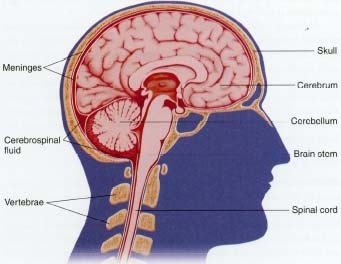 As an athlete are you getting enough sleep at night? Research has been done at Standford University by Cheri Mah on six healthy Standford men's basketball players concerning their performance and sleep. The players got extra sleep over a two week period and the results showed that they ran faster and made more free throws than what they did when they slept on their own typical routine. The athletes in the study also added that they had an increased energy and improved mood during games and practices.
As an athlete are you getting enough sleep at night? Research has been done at Standford University by Cheri Mah on six healthy Standford men's basketball players concerning their performance and sleep. The players got extra sleep over a two week period and the results showed that they ran faster and made more free throws than what they did when they slept on their own typical routine. The athletes in the study also added that they had an increased energy and improved mood during games and practices. This study helps show that maybe extra sleep for athletes can help improve performance. Cheri Mah argues that alot of studies focus on sleep deprivation and athletic performance. She explains that very little research has been done on how extra sleep can improve performance. For more information on the study visit here:
http://www.webmd.com/sleep-disorders/news/20070613/more-sleep-boosts-athletic-performance
I am an athlete and I know that at times during the season with everything going on with classes, school work, practices and games it can be so hard to get enough sleep at night. There just seems to not be enough hours in the day to get everything done. I have noticed though throughout my four year career that if you eat correctly and have great time manage and try to get ahead on work you can fit in some extra hours of sleep. During the season and when we have games I always try to sleep more and go to bed early. The season can have a huge toll on your body and getting the rest it needs and eating correctly I believe can definitely help out how you play. Experts have recommended that adults get 7 to 8 hours of sleep a night to maintain good health and to stay on top of everything. My advice to all athletes is to try to balance everything out and put in a few more hours of sleep in each week.










